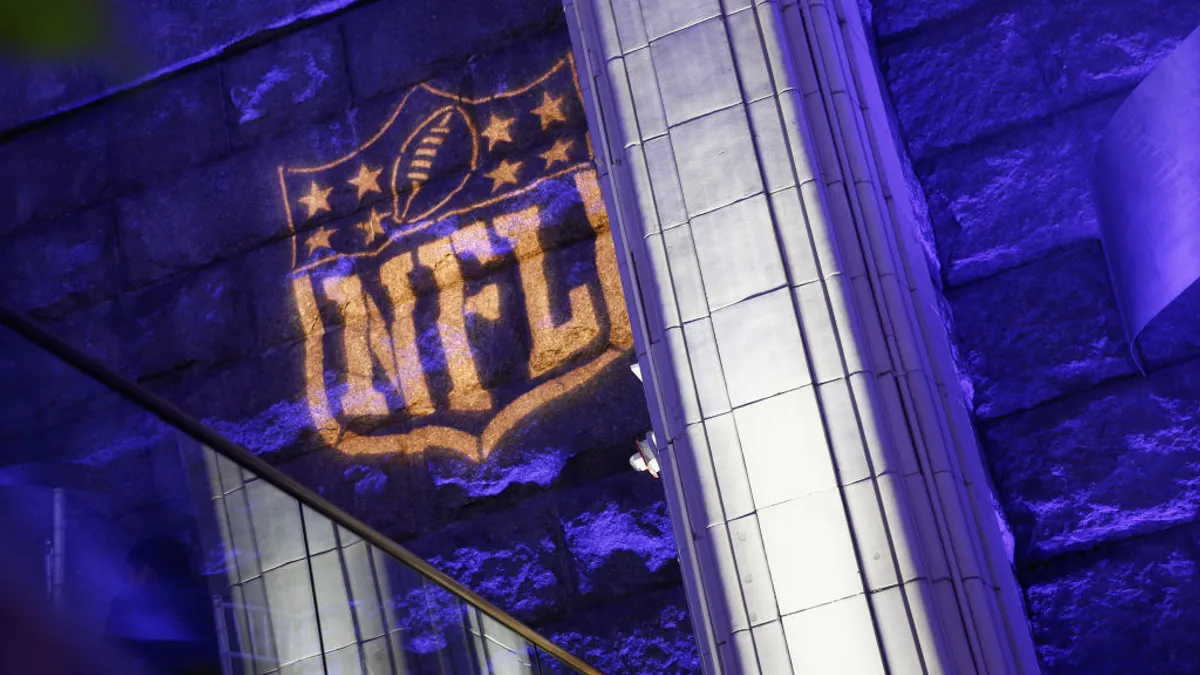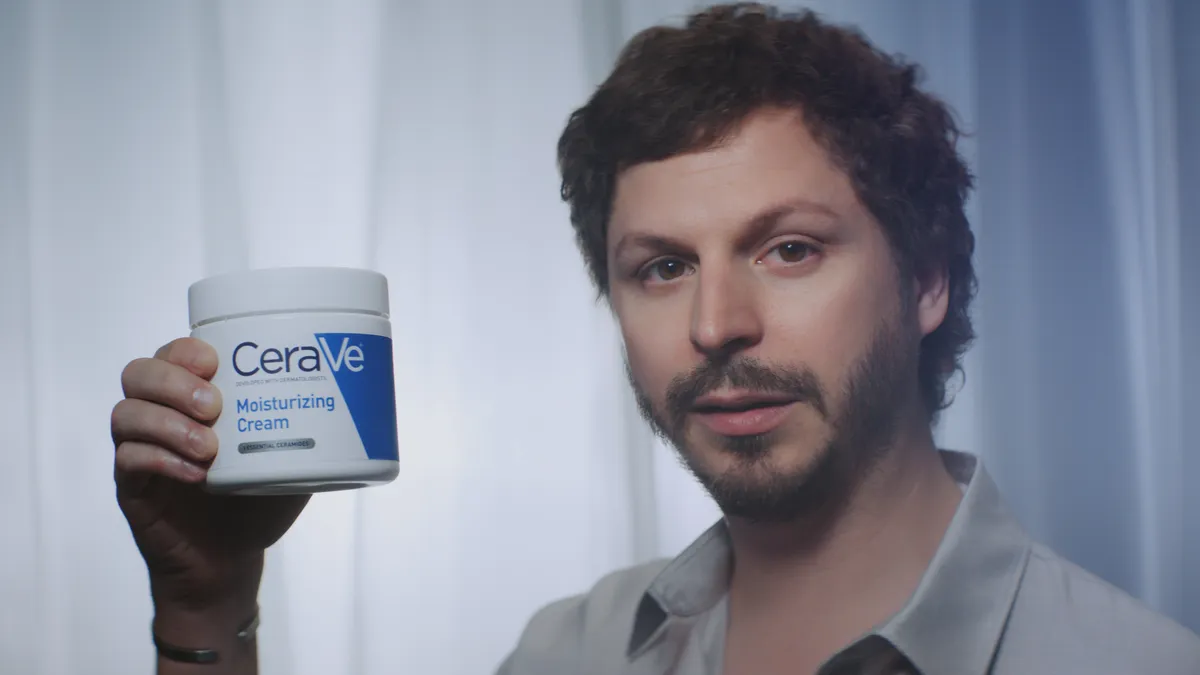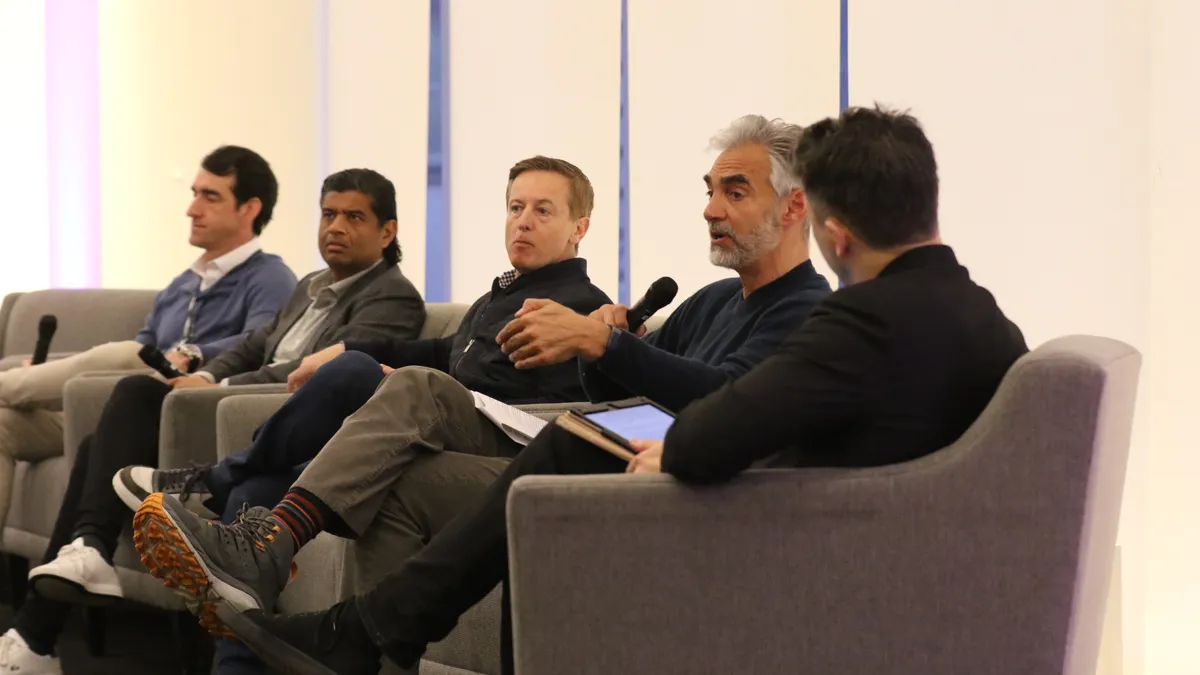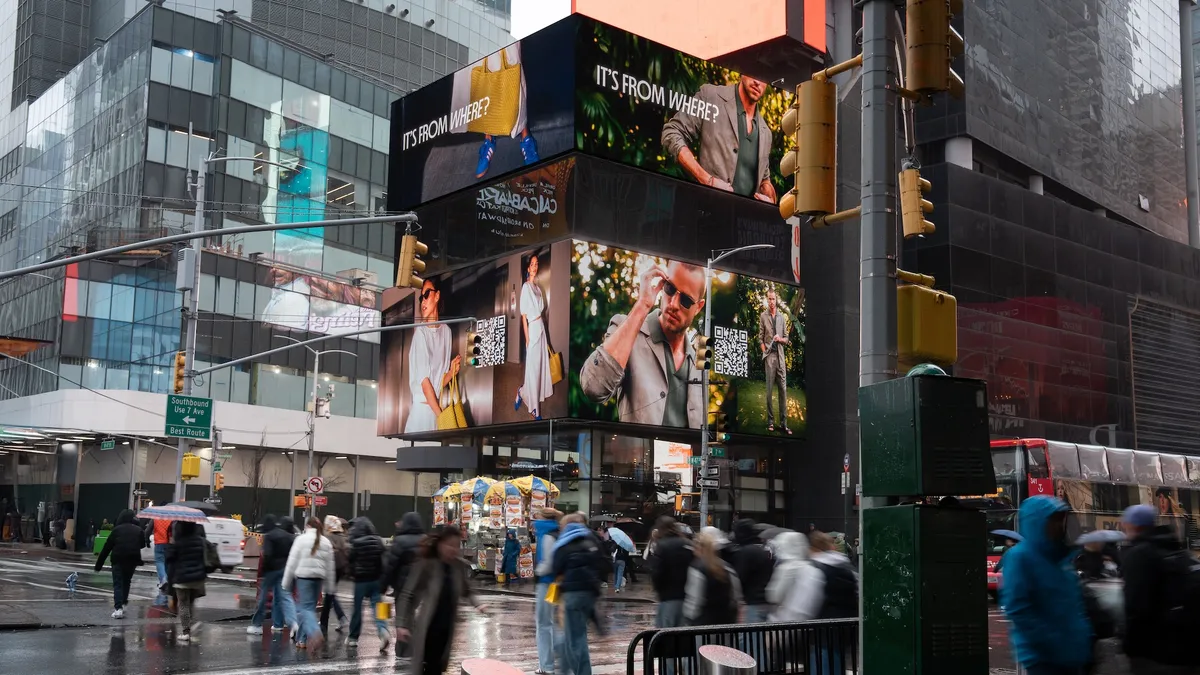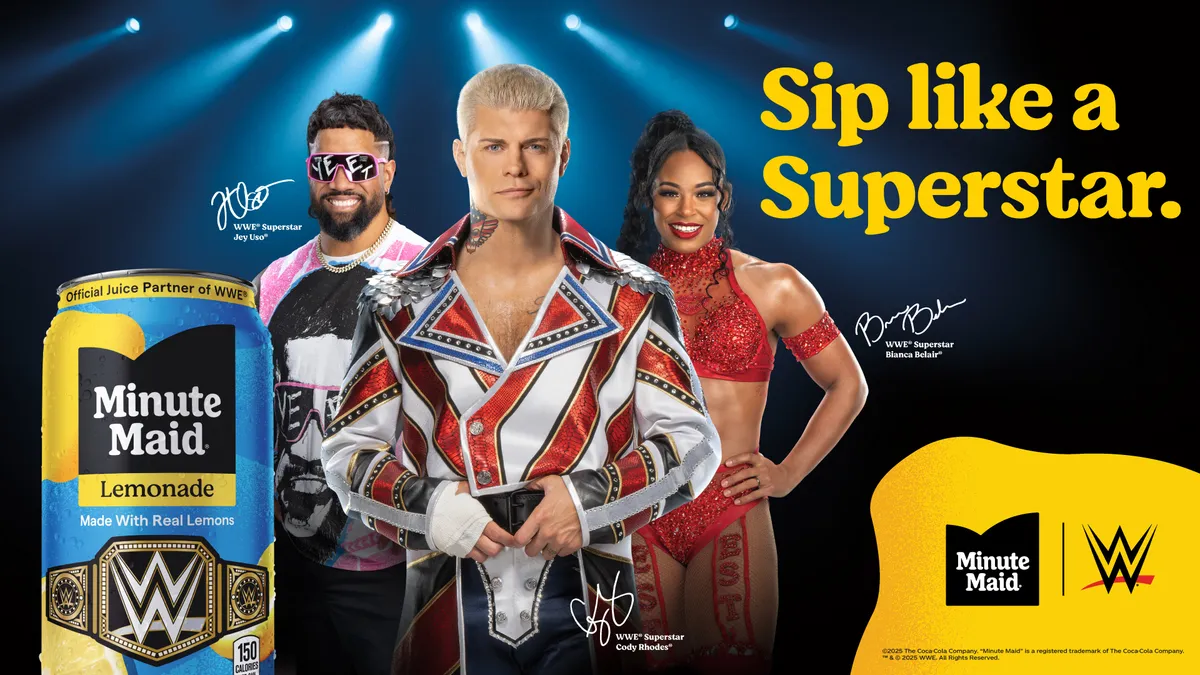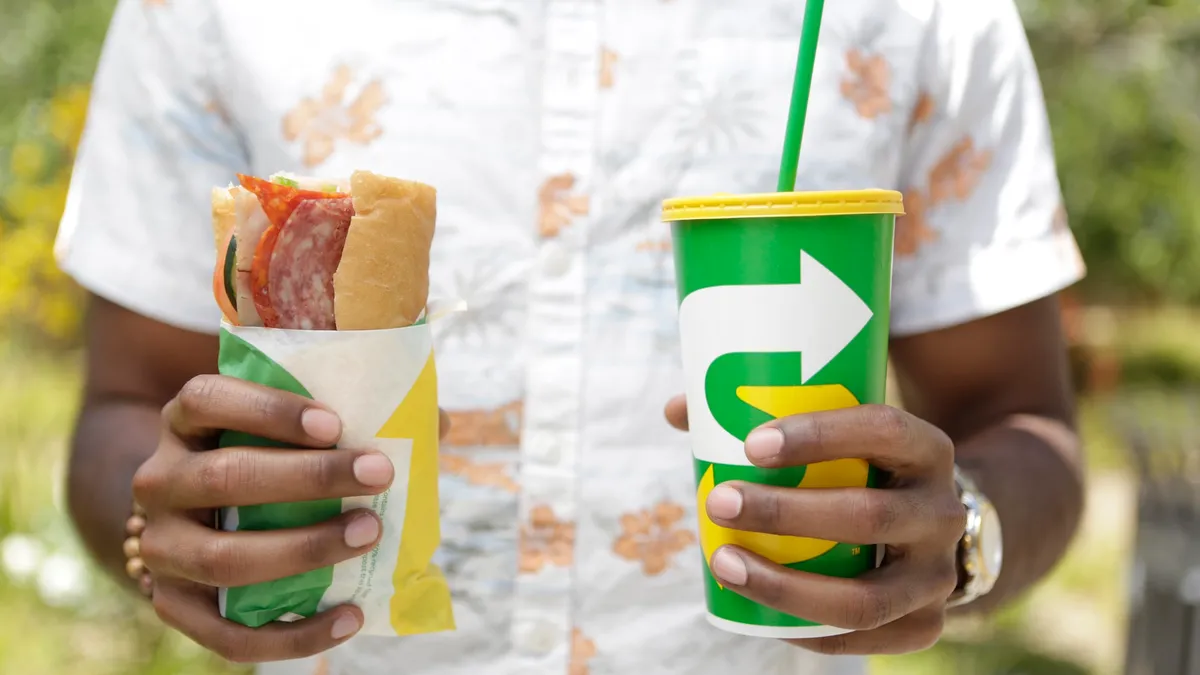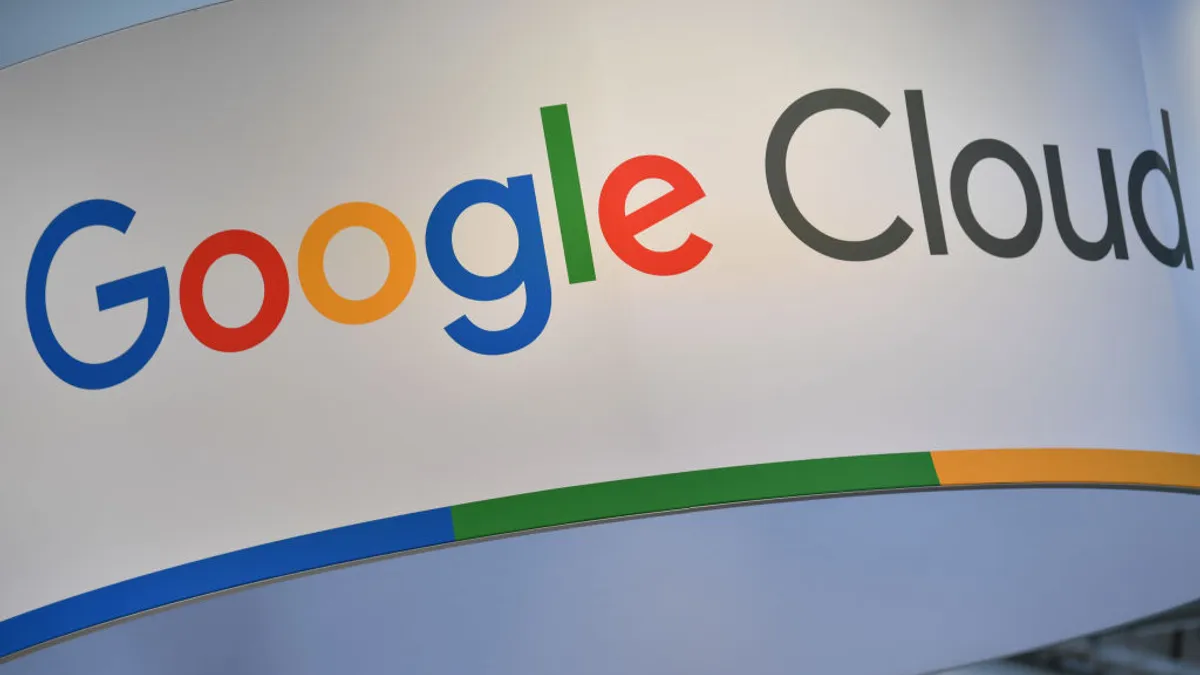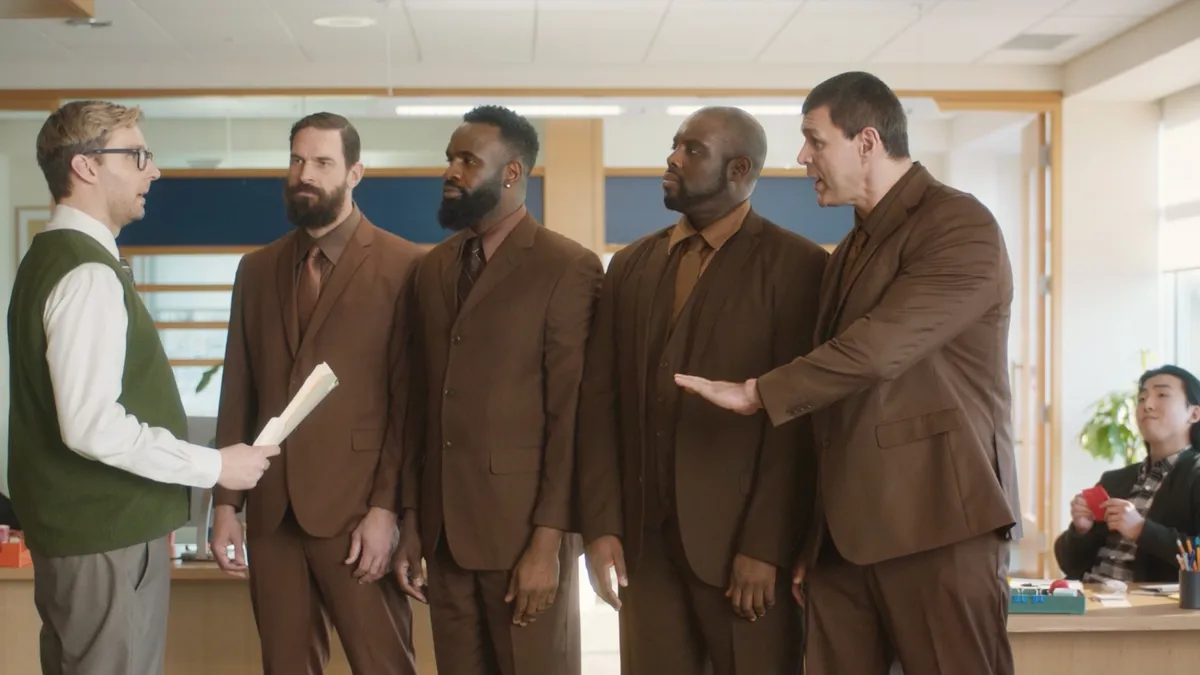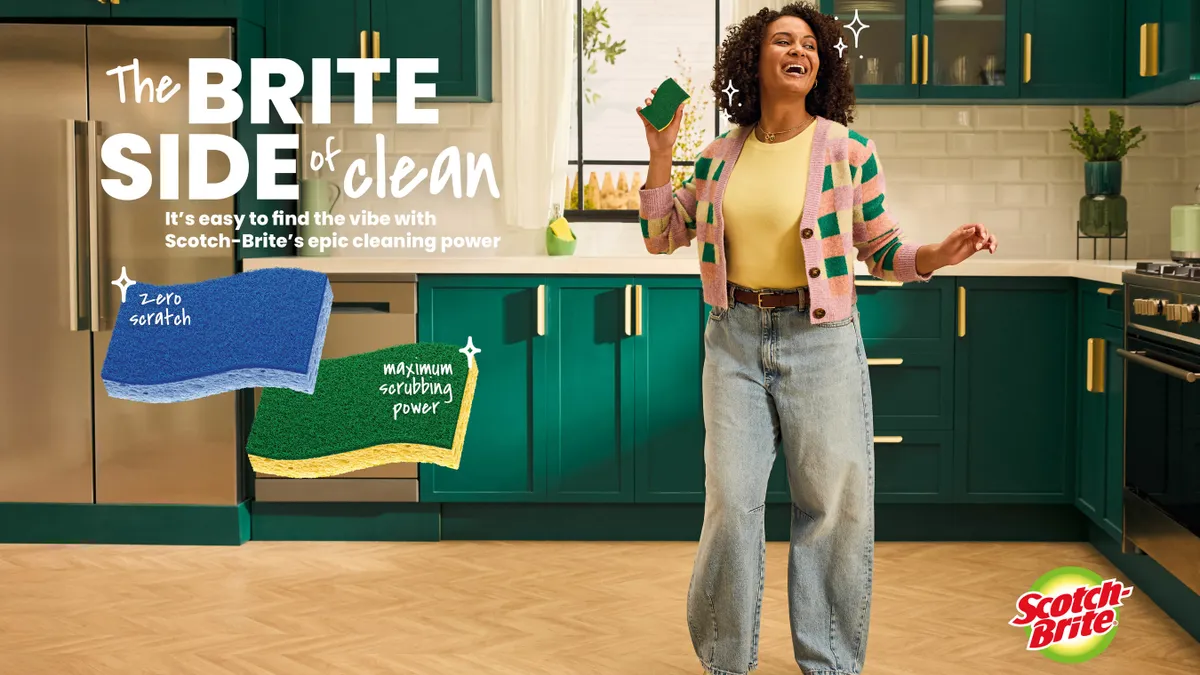The following is a guest piece written by Ronn Torossian, founder and chairman of 5WPR. Opinion’s are the author’s own.
Even with the cost of a 30-second spot creeping over $8 million for Super Bowl LIX, a fresh crop of brands are stepping up to the big game. Companies such as Duracell, Häagen-Dazs and Instacart are making their Super Bowl debut this year to fight for America's attention during the most-watched television event. However, the real challenge is not in getting one of those ad slots but in making that huge investment pay off in a meaningful way in a world where old TV ad metrics just don't tell the full story anymore.
Creating lasting impact beyond 30 seconds
Flourishing brands know Super Bowl success extends way beyond the few seconds when their ad debuts. Take Liquid Death, the canned water company making its national Super Bowl debut this year. The brand built its following through social media and irreverent marketing before deciding to invest in the biggest night of football. That gives the Super Bowl spot built-in momentum and a ready audience for the brand.
First-time advertiser MSC Cruises will use the Super Bowl moment as a launch pad toward a wider marketing campaign. The company will roll out supporting content across digital channels to create a campaign that stretches well beyond game day. In a recent interview, Allison Smith, senior vice president of marketing for MSC Cruises, said that following Sunday's ad, the brand will combine digital and cable TV spend for a two-week “blitz” featuring “local heavy ups” in key regions for the cruise line.
The brand will also ramp up TikTok, Instagram and Facebook, as well as connected TV (CTV) channels including YouTube, to supplement its “incremental reach.” The approach echoes successful strategies from veteran Super Bowl advertisers like Doritos, which tends to create buzz well ahead of the game with social media teasers and behind-the-scenes material.
Building a pre-game strategy
First-time advertisers should start building anticipation weeks before kickoff. NerdWallet, making its Super Bowl debut, can learn from Mountain Dew's 2021 playbook, where the beverage brand created a $1 million contest around its ad, generating significant pre-game engagement. The Pepsi brand proceeded to hit its yearly sales goal within the first 3 months of launching. The financial advisory platform can create a similar type of buzz with financial advice challenges or contests around their commercial.
Ritz Crackers can borrow from Planters’ 2020 playbook and release teasers. Planters’ decision to kill off Mr. Peanut ignited social media chatter leading up to the game in 2020, and Ritz could learn from this success. These types of pre-game activities allow brands to stretch their investment by creating multiple touchpoints with consumers.
Measuring real ROI in the digital age
Traditional TV ratings merely scratch the surface of Super Bowl advertising effectiveness. Modern measurement demands a more nuanced approach. A 2023 post-game Kantar study found a Super Bowl ad is 20-times more effective than a traditional TV ad “when it comes to driving brand perceptions." But that is not all: Strong Super Bowl ads “receive three times the ROI of 'Average' Super Bowl ads and drive 40% higher ad recall.”
Bosch, entering the Super Bowl arena this year, will also have to keep an eye on metrics beyond basic viewership. The tech firm should track the following:
- Social media sentiment and engagement
- Website traffic spikes during and after the game
- Search volume surges for featured products
- Sales correlation in weeks after the broadcast
One of the great things about Instacart is their unique ability to measure success, since their digital platform allows them to track the direct conversion rates of viewers who download their app or make a first-time purchase after seeing their ad.
Creating content that converts
Häagen-Dazs is entering the Super Bowl fray at a time when food brands have generally performed well during the big game. The ice cream maker can take cues from successful food brand campaigns like those of Hellmann's, which saw their Amazon sales rise by 45% in the seven days following the 2024 Super Bowl.
Duracell’s first foray into a Super Bowl offers a unique advertising opportunity, revitalizing the conversation in the batteries category. It may be achievable for the brand to follow a similar route to that of Progressive Insurance in using humor with memorable characters that make an unexciting traditional category come alive.
The stakes are even higher for these rookies. While the investment in front is massive, done right, a study by behavioral research firm Veylinx in 2023 found that Super Bowl ads lift demand from exposed viewers by 6.4% relative to traditional prime-time media buys.
Extending the conversation
The most successful Super Bowl campaigns create conversations that last well beyond the fourth quarter. First-time advertisers should plan for at least six weeks of supporting content after the game, including behind-the-scenes footage, social media challenges or influencer partnerships that build on their commercial's theme.
The real winners in Super Bowl advertising aren't crowned during the game, they're revealed in the months that follow. Success requires a strategic approach that starts well before kickoff and continues long after the trophy presentation.
The key for brands making their Super Bowl debut in 2025 lies in creating integrated campaigns that extend 30-, 60- and 90-second spots into weeks of meaningful consumer engagement. By focusing on pre-game buzz, measuring the right metrics, and carrying their message across a number of channels, these newcomers can prove their $8 million investment is well spent and join the Super Bowl advertising success stories.


